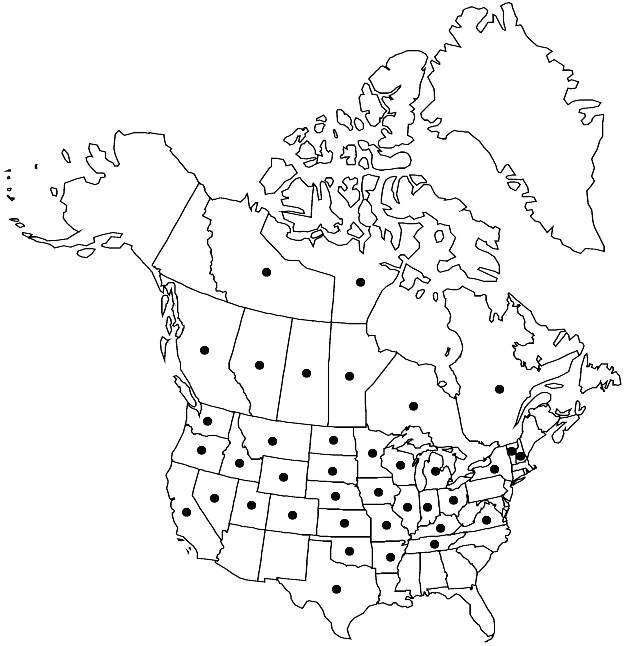Difference between revisions of "Descurainia pinnata subsp. brachycarpa"
Amer. Midl. Naturalist 22: 509. 1939.
FNA>Volume Importer |
imported>Volume Importer |
||
| Line 6: | Line 6: | ||
|place=22: 509. 1939 | |place=22: 509. 1939 | ||
|year=1939 | |year=1939 | ||
| + | }} | ||
| + | |special_status={{Treatment/ID/Special_status | ||
| + | |code=E | ||
| + | |label=Endemic | ||
}} | }} | ||
|basionyms={{Treatment/ID/Basionym | |basionyms={{Treatment/ID/Basionym | ||
| Line 116: | Line 120: | ||
|publication title=Amer. Midl. Naturalist | |publication title=Amer. Midl. Naturalist | ||
|publication year=1939 | |publication year=1939 | ||
| − | |special status= | + | |special status=Endemic |
| − | |source xml=https:// | + | |source xml=https://bibilujan@bitbucket.org/aafc-mbb/fna-data-curation.git/src/bb6b7e3a7de7d3b7888a1ad48c7fd8f5c722d8d6/coarse_grained_fna_xml/V7/V7_832.xml |
|tribe=Brassicaceae tribe Descurainieae | |tribe=Brassicaceae tribe Descurainieae | ||
|genus=Descurainia | |genus=Descurainia | ||
Revision as of 00:01, 28 May 2020
Plants usually glandular, rarely eglandular, usually not canescent. Stems unbranched basally, branched distally. Racemes: rachis sparsely to densely pubescent, often glandular. Fruiting pedicels divaricate to ascending, forming 20–60(–80)º angle, (7–)10–18(–23) mm. Flowers: sepals yellow, 1.5–2.6 mm; petals (1.7–)2–3 × 0.6–1 mm. 2n = 14, 28.
Phenology: Flowering Mar–Jul.
Habitat: Roadsides, sagebrush and pinyon-juniper communities, disturbed sites, sandy fields, dry washes, limestone ledges, foothills, canyon margins, gravel washes, dry slopes, cliffs, streamsides, railroad tracks and embankments, prairies, sandy grounds
Elevation: 100-2100 m
Distribution

Alta., B.C., Man., N.W.T., Nunavut, Ont., Que., Sask., Ark., Calif., Colo., Idaho, Ill., Ind., Iowa, Kans., Ky., Mich., Minn., Mo., Mont., Nebr., Nev., N.H., N.Y., N.Dak., Ohio, Okla., Oreg., S.Dak., Tenn., Tex., Utah, Vt., Va., Wash., Wis., Wyo.
Discussion
Except for having numerous instead of one or few stems from the base, Descurainia ramosissima is indistinguishable from D. pinnata subsp. brachycarpa in every aspect of indumentum, leaf morphology, flower size, seed size and arrangement, and fruit size and orientation. Plants of the type collections (Rollins et al. 8349, holotype GH, isotypes GH, MO) are infected with white rust, a fungus disease rarely encountered elsewhere in North American Descurainia. It is not known if this unusual branching is inherited or disease-related, but it should not be used as the main reason for recognizing a species separate from D. brachycarpa.
Although subsp. brachycarpa is almost always glandular in the inflorescence, both glandular and eglandular forms are found in some populations. Cases in point are J. & H. Massey 1931 and Dunn 2 (both at TEX) that were collected from Cleveland and Caddo counties, Oklahoma, respectively.
Selected References
None.